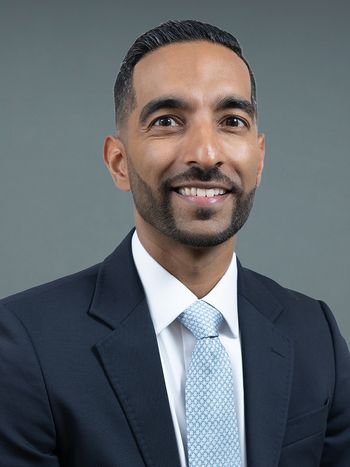
Miami Breast Cancer Conference® Abstracts Supplement
- 39th Annual Miami Breast Cancer Conference® - Abstracts
- Volume 36
- Issue suppl 3
26 An Institution Wide Surgeon and Radiologist Survey of Savi Scout Versus Other Localization Procedure Preferences in Breast Conservation Surgery
Background
Savi Scout is a newer technique used to localize nonpalpable breast cancer. It has recently been adopted by some physicians at our multilocation hospital network for breast conservation surgery (BCS). Numerous studies have found it to be a feasible alternative to wire localization. Physician preference plays a role in selection of localization techniques. Despite this, only 1 study has explored provider attitudes regarding Savi Scout implementation, but those physicians found it to improve workflow in and out of the operating room.
Materials & Methods
An electronic survey of radiologists and surgeons from a single institution who practice with Savi Scout, wire localization, or both was conducted. Data were collected from October to December 2021 using Qualtrics, a Health Insurance Portability and Accountability Act–compliant survey software. Physicians’ demographics were collected along with survey responses assessing clinician attitudes and beliefs.
Results
A total of 26 survey responses from 15 radiologists and 11 surgeons were recorded, 7 of which were incomplete. The average physician age was 45 years (n = 19); 9 physicians self-identified as male, 14 as female, and 1 preferred not to say (n = 24). The average number of years of use with Savi Scout ranged from less than 1 to 4 years (n = 15) while use of wire localization ranged from 2 to 33 years (n = 19).
The reported reasons for not using Savi Scout included lack of knowledge (n = 2), lack of training (n = 2), lack of access (n = 2), and other reasons (n = 13). Reasons for selecting one localization or another included physician preference (n = 14), availability (n = 7), cost (n = 6), patient preference (n = 5), and other reasons (n = 5). Physicians reported similar perceptions of overall patient satisfaction and patient cosmetic satisfaction between wire localization and Savi Scout. Open-ended responses showed multiple common themes.
Conclusions
Our research has demonstrated that there may be insufficient and conflicting data on physician opinions about the use of Savi Scout or wire localization for BCS throughout the institution. Given our limited sample size, a follow-up survey open to practitioners in multiple institutions, generating a greater number of responses, may elucidate a more conclusive understanding of reasons for or against the use of Savi Scout. Follow-up surveys could also include patient preferences and chart reviews data of long-term surgical outcomes.
Author Affiliations:
Kelly McGuigan,1 Allison Pensa,2 Stefania Nolano2
1Sidney Kimmel Medical College, Philadelphia, PA; kcsm020@students.jefferson.edu; 215-595-3329
2Sidney Kimmel Medical College, Philadelphia, PA
3Asplundh Cancer Pavilion, Abington Hospital-Jefferson Health, Willow Grove, PA
Articles in this issue
Newsletter
Stay up to date on recent advances in the multidisciplinary approach to cancer.























































































